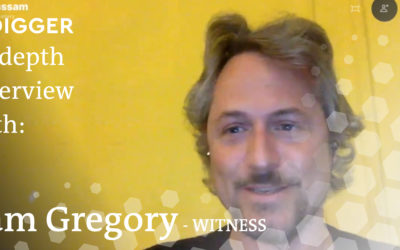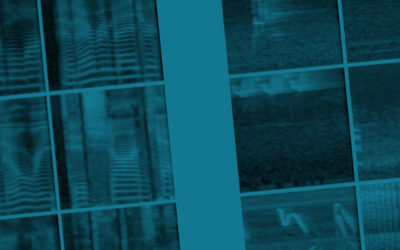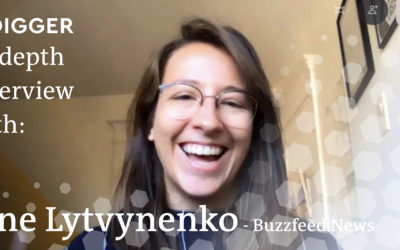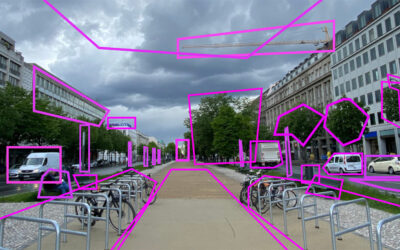Sam Gregory is Program Director of WITNESS, an organisation that works with people who use video to document human rights issues. WITNESS focuses on how people create trustworthy information that can expose abuses and address injustices. How is that connected to deepfakes?
From Rocket-Science to Journalism
From Rocket-Science to Journalism
In the Digger project we aim to implement scientific audio forensic functionalities in journalistic tools to detect both shallow- and deepfakes. At the Truth and Trust Online Conference 2020 we explained how we are doing this.
Today we have presented the Digger project and our approach on the Truth & Trust Online Conference. We explained all the audio forensic functionality that we are looking into and how this functionality can help us with detecting video manipulation and also with deepfake detection. The presentation is available via the conference website but we did not want to keep it from you so below you will find the full 11 minutes presentation.
If you are interested to learn more or have questions then please get into contact with us, either via commenting on this article or via our Twitter channel.
We hope you liked it! Happy Digging and keep an eye on our website for future updates!
Don’t forget: be active and responsible in your community – and stay healthy!
Related Content
In-Depth Interview – Sam Gregory
Audio Synthesis, what’s next? – Parallel WaveGan
The Parallel WaveGAN is a neural vocoder producing high quality audio faster than real-time. Are personalized vocoders possible in the near future with this speed of progress?
In-Depth Interview – Jane Lytvynenko
We talked to Jane Lytvynenko, senior reporter with Buzzfeed News, focusing on online mis- and disinformation about how big the synthetic media problem actually is. Jane has three practical tips for us on how to detect deepfakes and how to handle disinformation.




